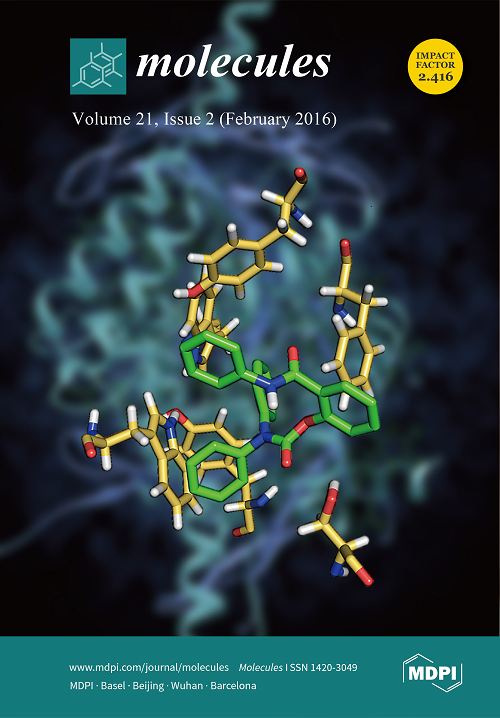1
Department of Science and Engineering of Oxide Materials and Nanomaterials, Faculty of Applied Chemistry and Materials Science, University Politehnica of Bucharest,1-7 Polizu Street, Bucharest 011061, Romania
2
Lasers Department, National Institute for Lasers, Plasma & Materials, P. O. Box MG-36, Magurele 769231, Romania
3
Microbiology Immunology Department, Faculty of Biology, University of Bucharest, 1-3 Portocalelor Lane, Sector 5, Bucharest 77206, Romania
4
Research Institute of the University of Bucharest, ICUB, Splaiul Independentei 91-95, Bucharest 010271, Romania
5
Research Center for Microscopic Morphology and Immunology, University of Medicine and Pharmacy of Craiova, Petru Rares Street, No. 2, Craiova 200349, Romania
6
Research Center for Clinical and Experimental Medicine, University of Medicine and Pharmacy of Craiova, Petru Rares Street, No. 2, Craiova 200349, Romania
7
Department of Pharmacognosy & Phytotherapy, Faculty of Pharmacy, University of Medicine and Pharmacy of Craiova, Petru Rares Street, No. 2, Craiova 200349, Romania
8
Flow Cytometry and Cell Therapy Laboratory, Institute of Cellular Biology and Pathology “NicolaeSimionescu” (ICBP), Bucharest 050568, Romania
9
Department of Electrical & Electronics Engineering, IDEALAB, Koç University, Rumeli Feneri Yolu, Sariyer, Istanbul 34450, Turkey
†
These authors contributed equally to this work.






